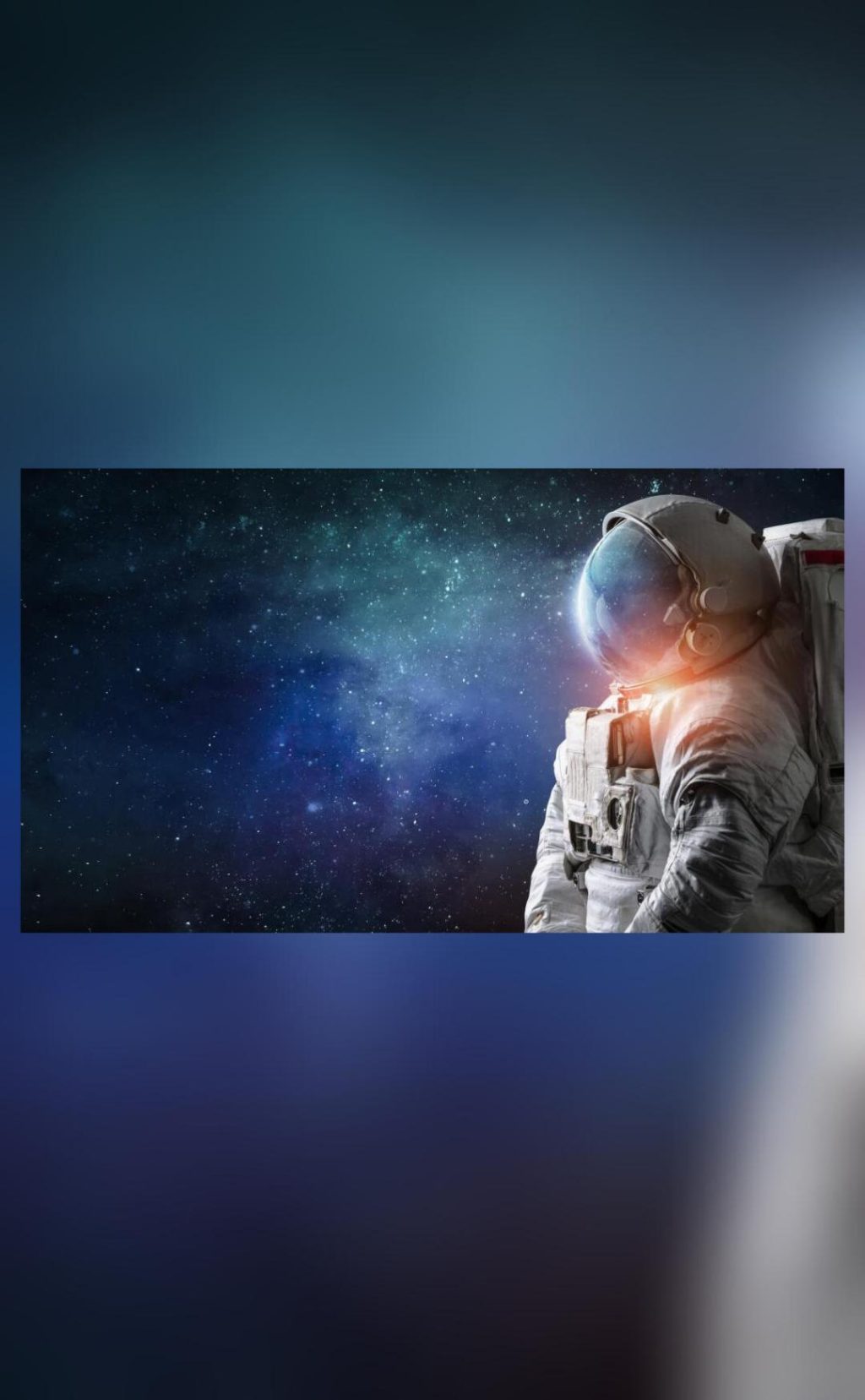
Google & NASA Create AI Medical Assistant for Mars Missions
In a groundbreaking collaboration, NASA and Google have unveiled a revolutionary AI-powered medical assistant designed to keep astronauts healthy during long-duration space missions, including those to Mars and beyond. Dubbed the “Crew Medical Officer Digital Assistant (CMO-DA)”, this cutting-edge technology is being tested to provide rapid and accurate medical diagnoses, paving the way for a safer and more sustainable presence in space.
As humans continue to push the boundaries of space exploration, the need for reliable and efficient medical care in space has become increasingly critical. With the challenges of remote medical care in space, astronauts often face delays in receiving proper medical attention, which can have serious consequences for their health and mission success. To address this pressing issue, NASA and Google have joined forces to develop a medical assistant that leverages the power of artificial intelligence (AI) to provide swift and accurate diagnoses.
The CMO-DA: A Multimodal AI System
The CMO-DA is a multimodal AI system that runs on Google Cloud’s Vertex AI platform, processing speech, text, and images to provide accurate medical diagnoses. This innovative system is designed to work seamlessly with astronauts, allowing them to communicate with the AI assistant in a natural and intuitive way. Whether it’s through voice commands, text input, or image-based inputs, the CMO-DA is designed to understand and respond to a wide range of queries and requests.
In testing, the CMO-DA has demonstrated impressive diagnostic accuracy rates, with a 88% rate for ankle injuries and 80% rate for ear pain. These results are a significant improvement over traditional methods, which can be limited by the lack of experienced medical professionals on site.
How the CMO-DA Works
The CMO-DA is designed to work in tandem with astronauts, providing real-time medical support and guidance. Here’s how it works:
- Astronauts can communicate with the CMO-DA through voice commands, text input, or image-based inputs, describing their symptoms and medical concerns.
- The AI assistant processes the input, using machine learning algorithms to analyze the data and provide a diagnosis.
- The CMO-DA can also access medical records and historical data to provide a more comprehensive understanding of the astronaut’s health.
- The AI assistant can provide treatment recommendations, medication dosages, and other medical guidance to the astronaut.
- The CMO-DA can also communicate with NASA’s medical team back on Earth, providing real-time updates and consults.
Benefits of the CMO-DA
The CMO-DA offers several benefits for NASA’s space missions, including:
- Improved Medical Care: The CMO-DA provides accurate and timely medical diagnoses, allowing astronauts to receive proper treatment and minimizing the risk of complications.
- Increased Efficiency: By automating routine medical tasks, the CMO-DA frees up medical personnel to focus on more complex and critical cases.
- Enhanced Safety: The CMO-DA can detect potential medical issues earlier, reducing the risk of accidents and injuries.
- Better Data Collection: The CMO-DA can collect and analyze medical data in real-time, providing valuable insights for future medical research and development.
The Future of Medical Care in Space
The CMO-DA represents a significant leap forward in the development of medical care in space. As NASA and Google continue to develop and refine this technology, we can expect to see even more innovative applications of AI in space medicine.
The CMO-DA is just the beginning of a new era in space medicine, where AI-powered medical assistants will work alongside astronauts to keep them healthy and safe. As we prepare for future missions to Mars and beyond, the CMO-DA will be an essential tool in our quest for a safer and more sustainable presence in space.
Source:






